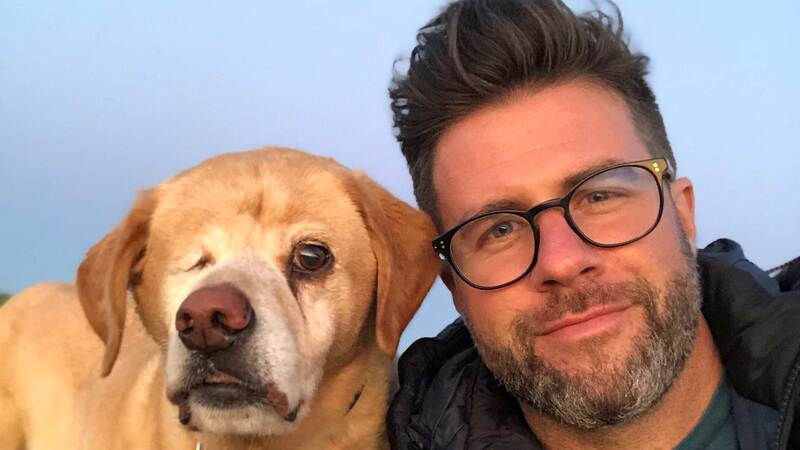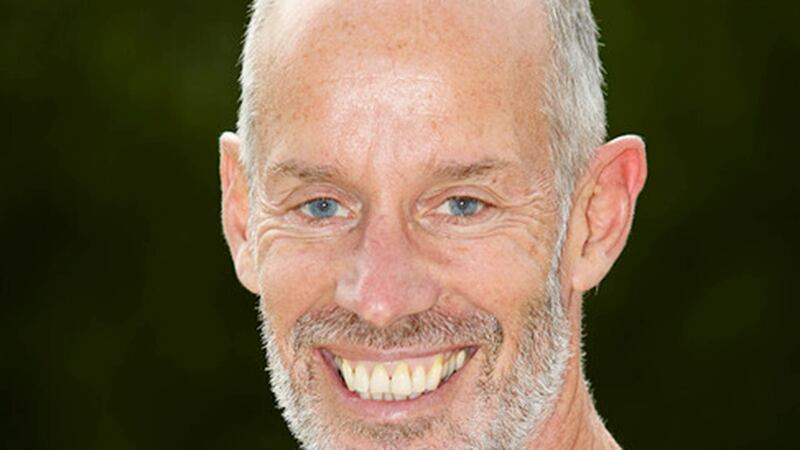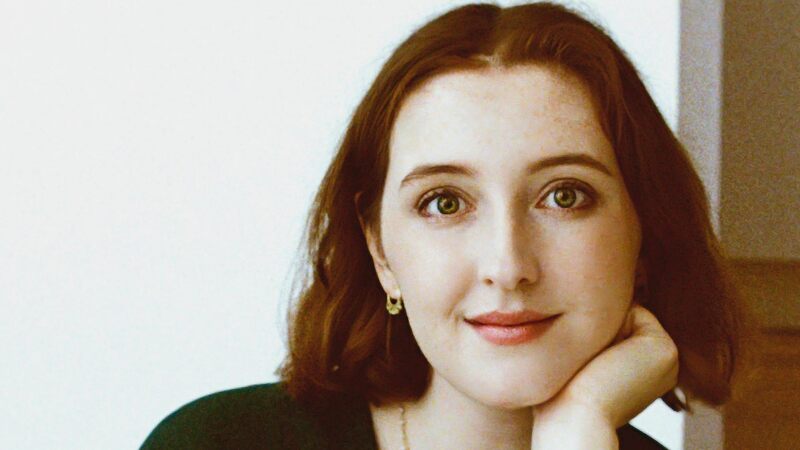You are viewing your 1 free article this month. Login to read more articles.
What a difference a day makes
In 1977, in the run-up to the Queen’s Silver Jubilee, a trip to the supermarket might have yielded a basketful of the following, suitably patriotic, groceries: Jubilee marmalade, Jubilee soaps, Jubilee beer, Jubilee margarine, Jubilee tissues, even – at the more eccentric end of the marketing spectrum – a Jubilee edition of Old Spice aftershave. Any Briton old enough to remember that year will remember this and recall, too, the ubiquity of the Union Jack: the flags in the windows, the plastic hats, the red, white and blue which seemed, for a while, to be the only colours Britain came in. They are also likely to remember the Jubilee street parties, which took place across the country on a drizzly June day.
I returned to those memories to write my novel (called – of course – Jubilee), fascinated initially by a photograph which had been in my family since the 1940s: my dad at a V.E. Day street party, looking glum next to a pile of ration-depleting biscuits. It struck me – in that click moment when you know you’re about to find a story – that street party photographs offer a tantalising contradiction. As viewers we think we know what they’re all about, because what they’re about is us: our history, our shared national experiences. They are public documents - but they’re private ones too, recording small communities with their alliances and divisions, their secrets and lies. I imagined a village street, and the things which might hide behind the net curtains. I imagined a party which brought together all the members of that community: the leaders, the outsiders, the bullies, the victims, the rebels.
As the story developed, I immersed myself in memories of that year. I was 10, living in a Buckinghamshire village, and I set the novel in that exact place and time; only the people have changed. My protagonist, 12-year-old Satish, lives on my street, in my house; he sleeps in my childhood bedroom. I recalled the bubble bath my mum used to use, the breakfast cereal Dad loved, my own bittersweet crush on David Soul.
In 1977 I bought into the dominant view of the Jubilee: that Royalty was a Good Thing, that British identity was indivisible from the monarchy. Most of the people around me bought into this view as well; there weren’t too many political subversives in Flackwell Heath. But all that was changing. We didn’t know it at the time, but we were on the cusp, and our view of the monarchy – and ourselves – would never be the same again.
Maybe the best indicator of this is the Union Jack itself, claimed and reclaimed many times since the Jubilee. During the mid-1970s it had been appropriated by the National Front, then at its peak (‘There Ain’t No Black in the Union Jack’). Soon afterwards, Margaret Thatcher used it to suggest that Britishness and Conservatism were one and the same. It was a good 20 years before the flag got back into the hands of ordinary people – and onto their clothes, their household goods, their cars. The Union Jack is ubiquitous once more, but it’s come to represent a different version of Britishness, diverse and playful. It’s become untethered from establishment values; it has been democratised.
The National Front began its decline two months after the Silver Jubilee, when a march through Lewisham ended in a pitched battle with anti-fascists. Meanwhile, the most recent group of immigrants were finding their feet in Britain. Five years previously, Idi Amin had exiled all Asians from Uganda, stripping them of everything they owned except for the £55 they were allowed to take with them. They came to the UK in their thousands and many went on to flourish; my own Satish, who becomes a cardiologist at a top children’s hospital, is one of these remarkable new Britons.
The Jubilee also marked a turning-point in popular culture, because 1977 was the year in which punk went mainstream. I now know that it changed everything, that without it our musical landscape would look very different; I have friends – older, more urban - who spent their youth pogoing in sweaty dive clubs. But among the docile boys and girls of my village, punk was something you peeped at through your fingers. For some of us it was intimidating. For others it represented the possibility of escape, and those kids adopted punk iconography in the most subtle, the most secret of ways: a safety pin on the back of the lapel, band names scrawled in a rough book. One of those good little boys invited us back to his house on an empty afternoon. He put 'Friggin’ in the Riggin’ on the record player, turned it up loud, and we all jumped on the sofa, anarchists till his mum came home.
And what of the monarchy itself? On Silver Jubilee day, I was snapped by my mother in a Union Jack topper and celebratory yellow Crimplene dress. For the Royal Wedding last spring I marked the occasion with my neighbours in jeans and a ‘Token Republican’ T shirt. Most Britons don’t share my politics, but many of us now separate patriotism from royalism; a recent Demos study reported that more people take pride in the NHS or Shakespeare than in the Royal Family. Since the 1970s, the monarchy has been demystified. We’ve seen dissent, divorce and a distinct lack of gravitas. The heir to the throne has been caught comparing himself to an item of sanitary protection; it’s hard to tug your forelock convincingly when you’re trying not to giggle.
In June, the Queen celebrates her Diamond Jubilee in a Britain which has altered irrevocably; it’s unlikely we’ll see Jubilee aftershave again. Some things haven’t changed, though. In those old street party photographs, there was always a dichotomy between public and private. National celebrations are only partly about the Queen (or William and Kate, or even the end of the war). The really fascinating stuff – in 1977 and today – takes place in our own families and neighbourhoods, amidst the alliances and divisions, secrets and lies of ordinary British life.
Jubilee by Shelley Harris is out now, published by W&N. Read our review here.















